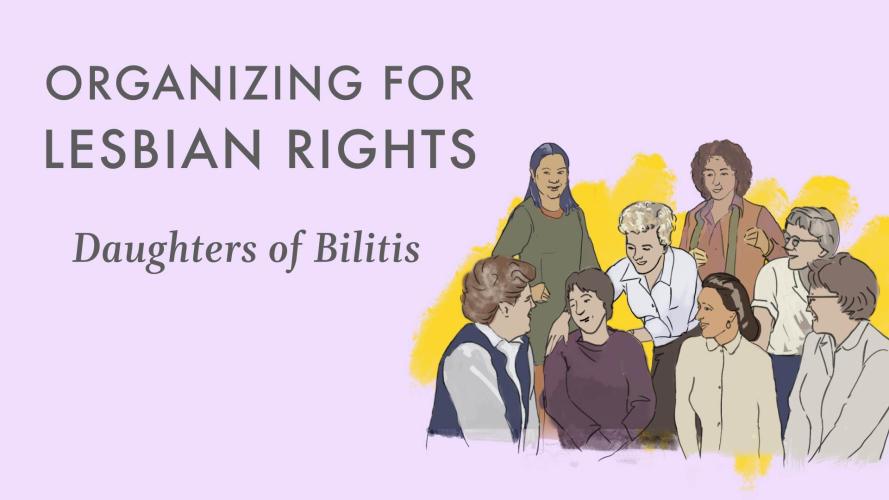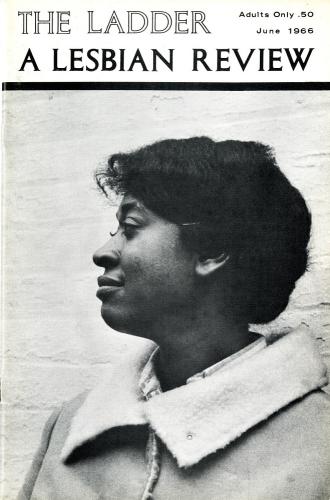
By Sara E. Cohen of Because of Her Story
Scholars consider the Daughters of Bilitis, formed in 1955, the first major organization for lesbians in the United States. Rosalie "Rose" Bamberger, a Filipina woman working in a brush-manufacturing factory, suggested gathering. At the time, police often raided the San Francisco bars where lesbians met and socialized. Bamberger wanted a group to talk and dance together. The new members named their group after Bilitis, a lesbian character invented by French poet Pierre Louÿs.
The Daughters of Bilitis members had different goals for the group. Journalists Del Martin and Phyllis Lyon wanted to become activists and improve conditions for lesbians. Bamberger wanted to stay secret, a feeling shared by fellow working-class women in the group. Bamberger and her partner, Rosemary Sliepen, left the group just six months after the first meeting. Still, they remained on the mailing list as the organization quickly grew. By 1960, women had founded chapters in Rhode Island, New York, Chicago, and Los Angeles.
Activist Ernestine Eckstein joined in New York City and became the chapter’s vice president. In 1965, she traveled to participate in two of the earliest pickets for gay rights in the United States, one in Philadelphia and one in Washington, D.C. Picketing was risky because it meant declaring one’s sexuality. At the time, known members of the Daughters of Bilitis were watched by local police, the CIA, and the FBI. Eckstein was featured on the cover of the group’s national magazine, The Ladder, in 1966. She said, “Any movement needs a certain number of courageous people, there's no getting around it.”

The Ladder: A Lesbian Review from June 1966 featuring Ernestine Eckstein. Smithsonian’s National Museum of American History
Watch the video in Spanish. See the full video series about women through history who fought for change.